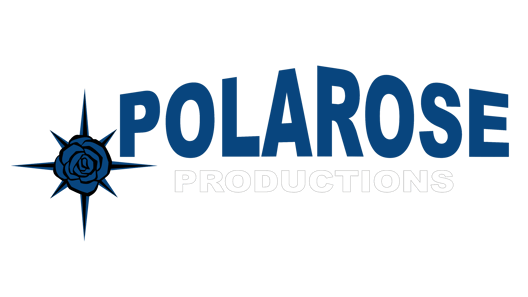How to Choose a Good Photography or Videography Camera
Choosing the right camera for your photography or videography needs can be overwhelming, but with the right knowledge, you can make an informed decision. This blog will help you understand the key factors to consider when selecting a camera.
12/14/20243 min read


1. Understanding Your Needs
Before diving into camera specifications, you need to first understand the type of work you’ll be doing. Are you shooting professional films or making YouTube videos? Do you need a camera for product photography or capturing live events? The more specific you can be about your requirements, the easier it is to make an informed decision.
Key Considerations:
Type of content you’re shooting (videos, stills, live events, etc.)
The scale of your project (personal, commercial, or feature-level)
Portability (lightweight options or studio-based setups)
Budget (high-end models vs. more affordable options)
2. Key Camera Specifications
When comparing cameras, there are a few specifications you should pay attention to. These factors will determine the overall quality and capabilities of the camera:
Resolution:
A higher resolution doesn’t always mean better quality, but if you need to crop footage or print large photos, a higher resolution (e.g., 4K or 8K) is beneficial.
Photography is typically done at 24MP or 50MP, depending on the use case (e.g., portraiture or commercial photography).
Sensor Size:
The sensor is the heart of the camera. A larger sensor allows for better low-light performance and a shallower depth of field, which can be ideal for videography.
Common sensor sizes include full-frame, APS-C, and Micro Four Thirds. Full-frame sensors are most commonly used for professional video and photography due to their image quality and depth of field control.
Frame Rates and Video Quality:
For videography, look at the camera’s ability to shoot in different frame rates, particularly if you’re filming fast-paced action, as this requires higher frame rates (e.g., 60fps or 120fps).
4K video is a standard in high-end production, while 1080p might be sufficient for lower-budget work.
3. Lens Compatibility
Choosing the right lens is as important as selecting the right camera body. The lens determines the sharpness, depth of field, and overall feel of your shots. Ensure that your camera is compatible with the lenses you intend to use, whether it’s fixed or interchangeable.
Common Lenses:
Wide-angle lenses (e.g., 16-35mm) are ideal for landscapes and architectural shots.
Prime lenses (e.g., 50mm) offer high-quality images and shallow depth of field, perfect for portraiture and video.
Zoom lenses (e.g., 24-70mm) are versatile for a wide range of shooting situations.
4. Autofocus and Stabilisation
Autofocus is vital for ensuring sharp, in-focus shots, particularly during dynamic filming or fast-moving events. Many modern cameras now come with “dual pixel” autofocus, which tracks subjects smoothly and accurately. If you plan to shoot video with a lot of handheld movement, having a camera with good in-body image stabilisation (IBIS) can make a huge difference in your final footage.
5. Budget Considerations
Budget is always a major factor when choosing a camera. High-end cameras such as the Canon EOS R5 or Sony FX3 can cost several thousand pounds, while budget-friendly options like the Panasonic Lumix GH5 or Canon EOS M50 offer excellent value without breaking the bank.
Remember that camera bodies are just one part of the equation. You’ll also need lenses, memory cards, stabilisation gear, and accessories, all of which can add up quickly. Prioritise your spending based on the equipment that will directly impact the quality of your work.
Conclusion: Finding the Right Camera for You
Ultimately, choosing a good photography or videography camera comes down to understanding your needs, knowing what features to look for, and aligning them with your budget. Don’t be swayed by trends or marketing; instead, focus on what will enable you to create the work you envision. Whether you’re shooting stills, video, or both, there’s a perfect camera for every creative pursuit—find it, and it’ll be your most valuable tool in bringing your vision to life.
Chances are, you already have the perfect camera, i.e. your phone. Modern smartphone cameras are more than capable of taking great photos and videos, and using that to master the basic and fundementals will do you better in the long run than spending thousands on a fancy camera and not knowing how to set it correctly. Knowledge is power, don't end up being that person with "all the gear and no idea".
Good Luck!
Polarose Productions is a full-service film and video production company based in South London, bringing visions to life for individuals and businesses with creativity, expertise, and end-to-end support.
Email: contact@polarose.uk
Tel: 02080505788
© Polarose Productions Ltd. 2025. All rights reserved.


